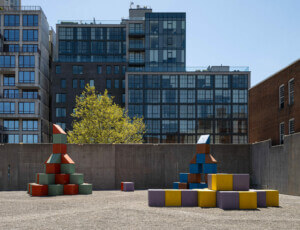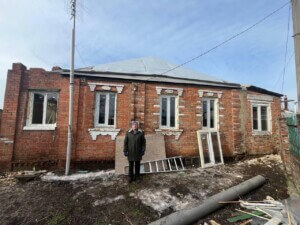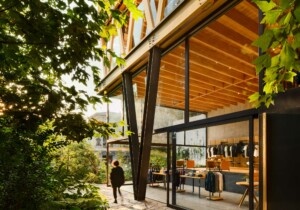On September 8, over 2,100 people died after a 6.8 magnitude earthquake struck Morocco, and a second 4.9 magnitude earthquake occurred just nineteen minutes later. The shockwaves were felt as far away as Portugal and Algeria. A full report by the The International Federation of Red Cross and Red Crescent Societies outlining the damage can be found here.
AN spoke with Nassima Chahboun, an architect and heritage consultant from the city of Taza in northern Morocco, about the disaster. Chahboun operates her own consultancy, CultureLab, which provides cultural heritage services. She’s also a cofounder and leader of Wikimedia World Heritage, and is currently pursuing a Masters diploma in architecture and historic urban environments at The Bartlett. AN discussed with Chahboun what’s happening on the ground in Morocco today, the lessons learned from the country’s catastrophic 2004 earthquake, strategies for building back better, and organizations to donate to.
AN: What parts of Morocco have been damaged?
Nassima Chahboun: The epicenter of the earthquake was not the city of Marrakech, which is what a lot of outlets have reported, but the region surrounding Marrakech. The worst hit parts were about 40 or 50 villages southwest of Marrakech, about 80 kilometers [ approximately 50 miles] away. Many of these villages have been completely leveled while others are partially destroyed. Moroccans have actually built a collaborative map on Google Earth listing the impacted areas to demystify the confusion surrounding which areas were hit.
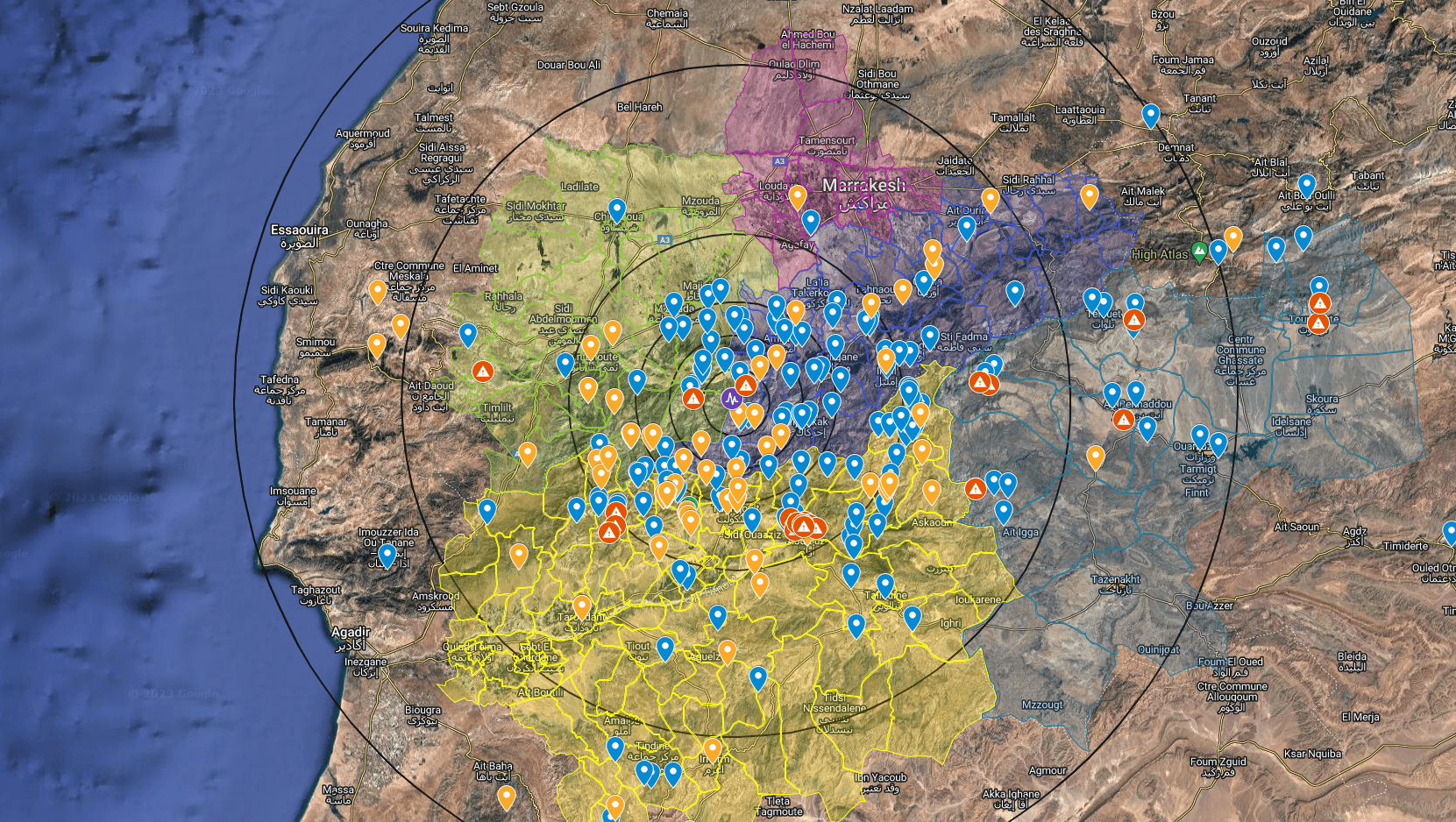
AN: Which cultural landmarks were effected?
NC: Ancient Medina in Marrakech is a World Heritage Site that has been partially damaged. Kutubiyya Mosque is the most important mosque in Marrakech and was damaged, but there was no collapse. There’s also Tinmel Mosque that dates back to the 12th century and is on the tentative list for UNESCO World Heritage status that was completely destroyed after it was renovated only a few years ago. So in terms of tangible cultural heritage, these are the main structures. On the other hand, many villages that represent Moroccan vernacular architecture made of clay and mud brick and exemplify the Marrakech region’s character, unfortunately, have been either partially or completely destroyed.
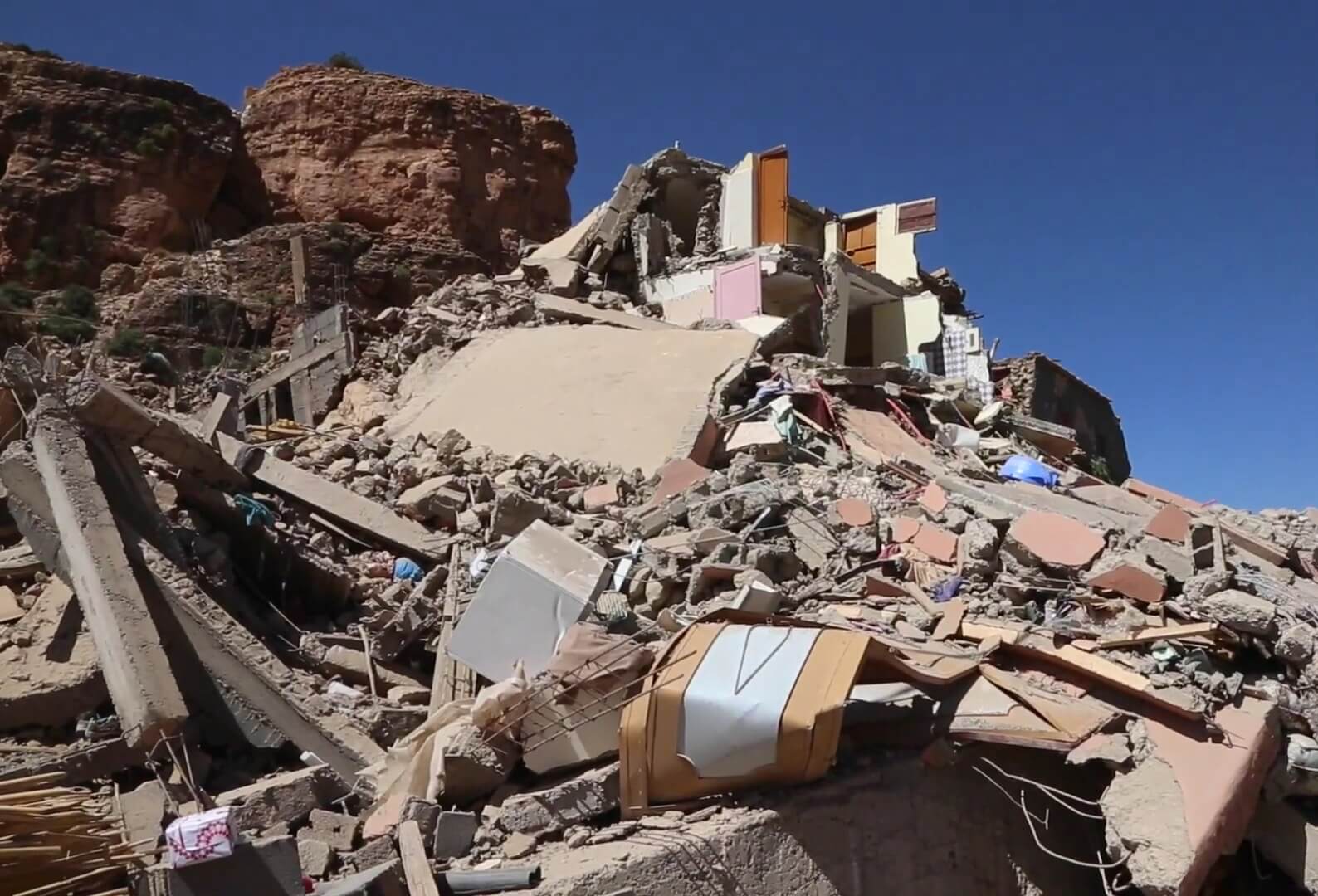
AN: In 2004 Morocco was also engulfed by catastrophic earthquakes. What were the lessons learned from that disaster that can be applied today?
NC: After 2004, the major step Morocco undertook was updating its seismic regulations for building construction. Since then, recently constructed buildings are subject to this regulation which has helped with mitigating catastrophe. Because of the 2004 earthquake and the actions that came after it, there were other earthquakes that took place in the north in Al Hoceima that didn’t inflict much damage because buildings were more protected against risk. But the difference between 2004 and today is that the earthquakes from last week happened not in an urban environment. Rather, it happened in a largely rural area.
The lessons that we can take from 2004 are basically three things. The first is that, under current Moroccan regulations in rural areas, small houses under 100-square-meters are not required to incorporate the same seismic regulations as larger ones. Today, people don’t need to plan their houses with an architect, so many opt for self-construction. This is the first thing I think should change. Architectural services for rural areas should not only be mandatory, but also provided for free by governmental agencies. Because the majority of inhabitants do not have sufficient financial means to afford such services.
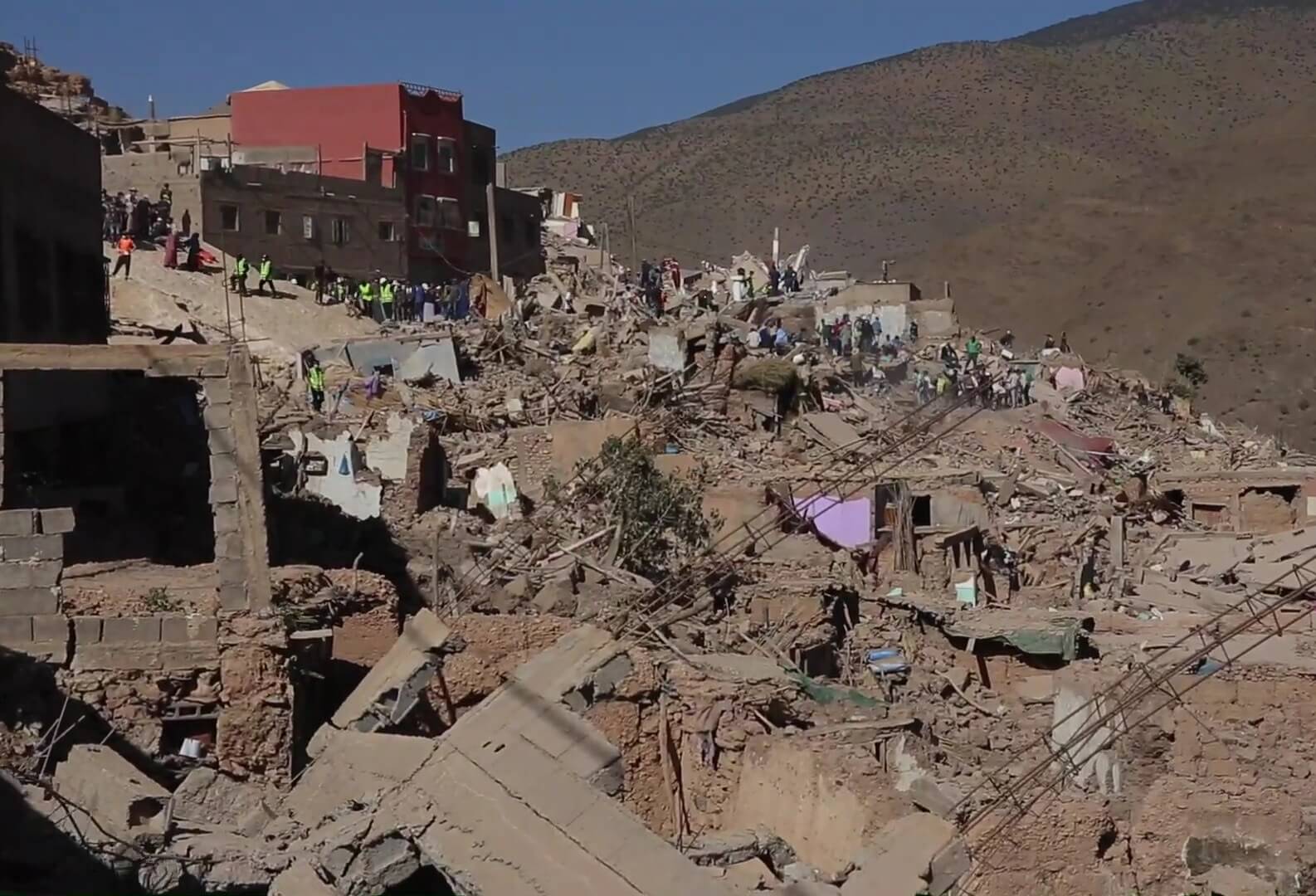
The second thing has to do with building materials and heritage. Local communities in the effected regions often build with local materials like clay and mud brick, and are encouraged to preserve local character. Although this cultural heritage is very important, I think construction techniques and materials should be upgraded to meet new potential circumstances and risks.
And third, I really want to emphasize how UNESCO World Heritage sites are dealt with. The ancient city of Medina in Marrakech is a UNESCO World Heritage site. Under the current preservation paradigm, the rules are very, very strict in terms of how this area is maintained. The laws say we need to use the same construction materials from centuries ago, and we need to use the same construction techniques. But Medina is an inhabited city and a living city so I believe that we cannot keep it subject to such strict preservation. We should allow for change there, and other UNESCO World Heritage sites. We should allow the construction materials and techniques to evolve and allow for some hybrid preservation approaches to take place instead of just preserving everything as it’s been for centuries.
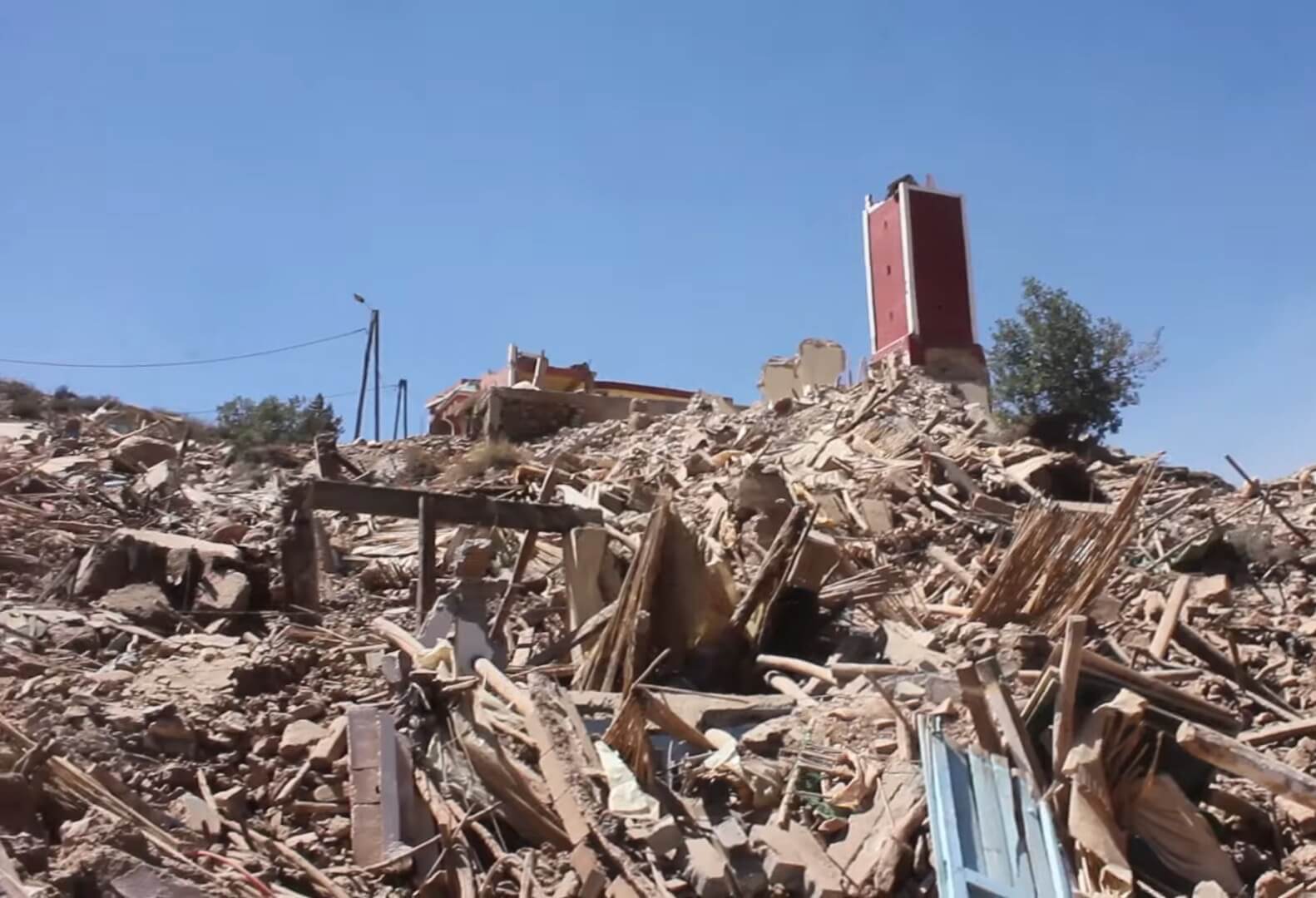
AN: How can architects in the U.S. help?
NC: In terms of architecture, there are two basic needs. Winter is coming, so we need immediate solutions for housing people, especially in regions where the climate is harshest during cold months. We need to find solutions for temporary structures that can be set up to house people.
Second, we need to think about the future. How are we going to rebuild? Will we rebuild things exactly in the same place in the same manner? I don’t think so. Because we may face the same catastrophe later. So I think when we rebuild villages, we must do so in a more resilient way. We will need help from volunteer efforts and NGOs, and to pool the efforts of architects from around the world. Architects Without [Borders] is one example.
AN: Which organizations can folks in the U.S. donate to?
NC: There have been three major campaigns that were launched since Friday. The group Islamic Relief U.K. is one. Local NGOs Banque Alimentaire and SOS Village d’Enfants have also started campaigns. The government of Morocco also started an official bank account for relief contributions from international groups.








